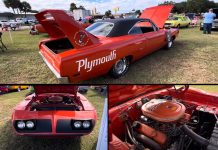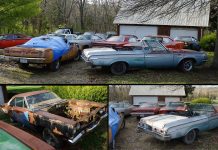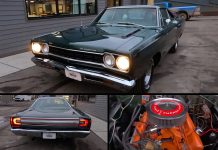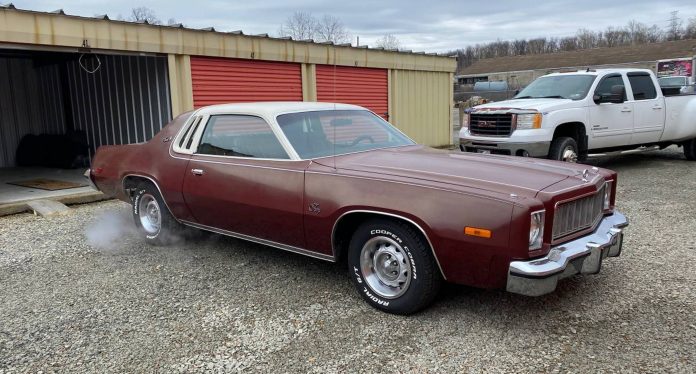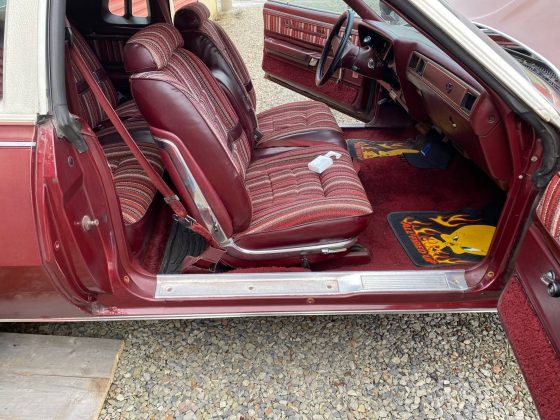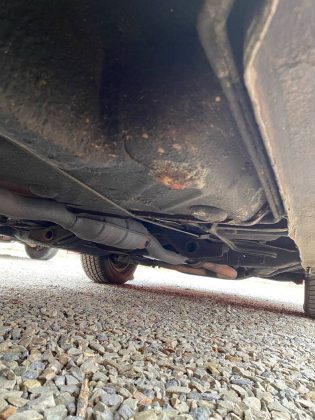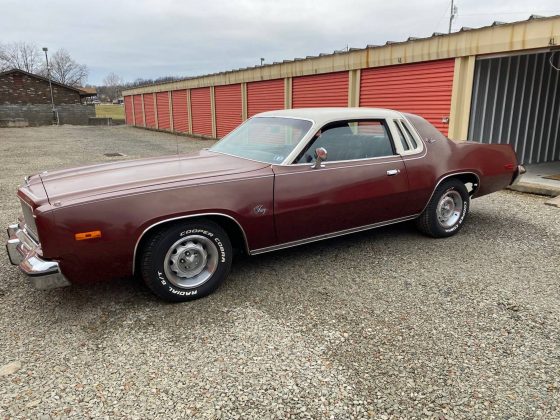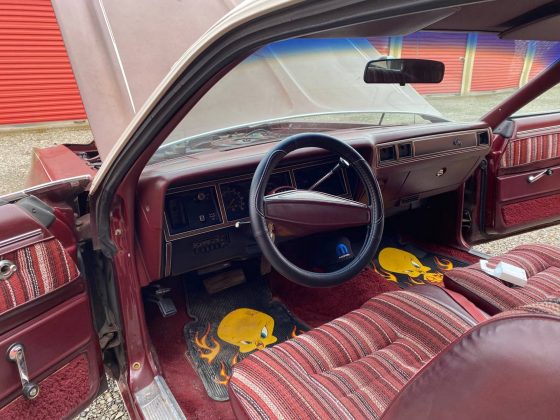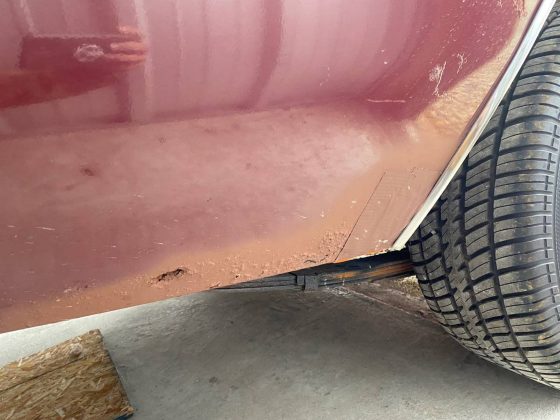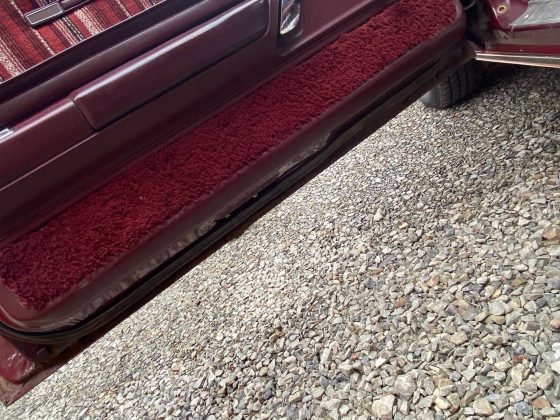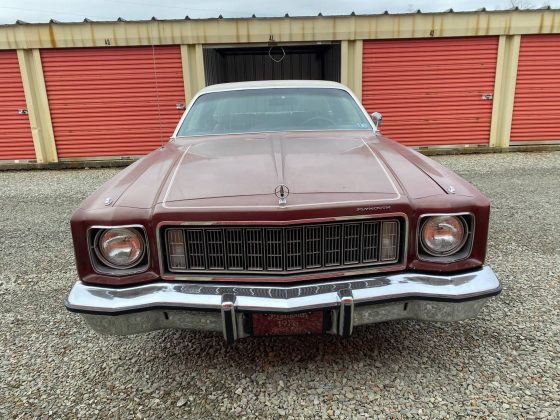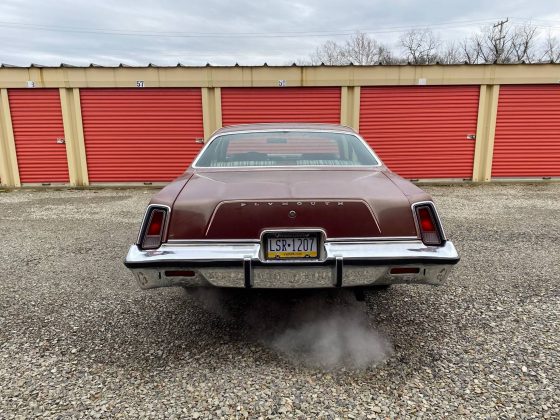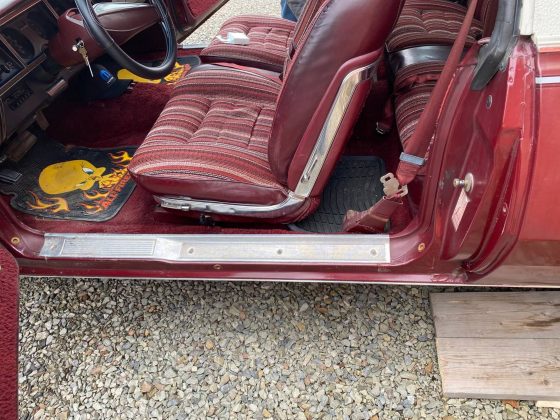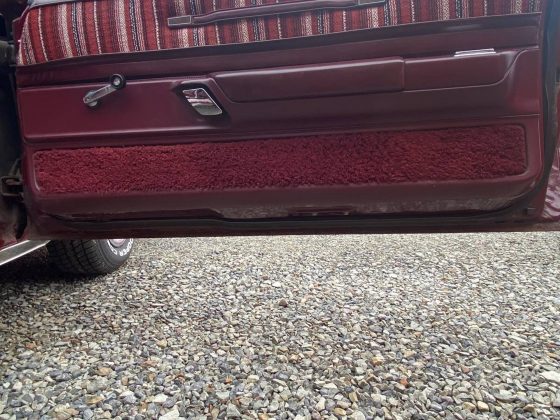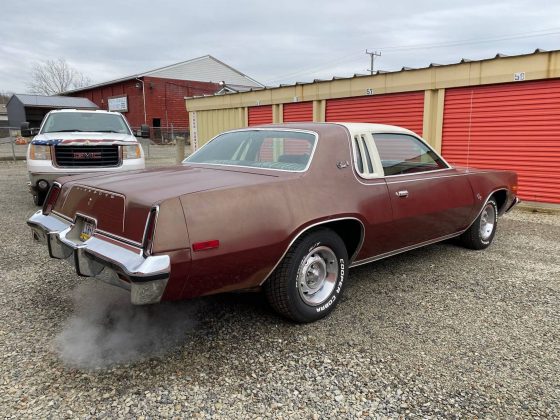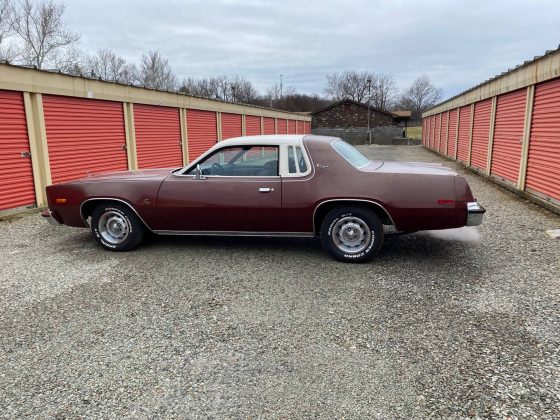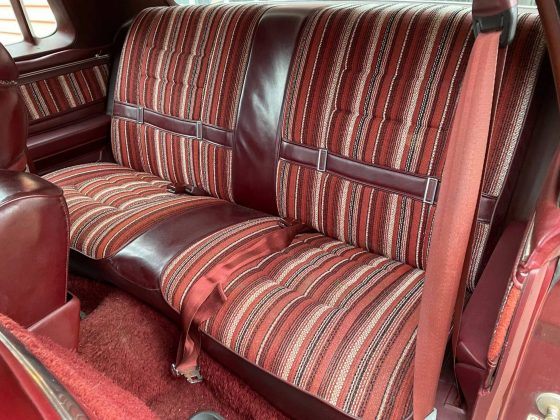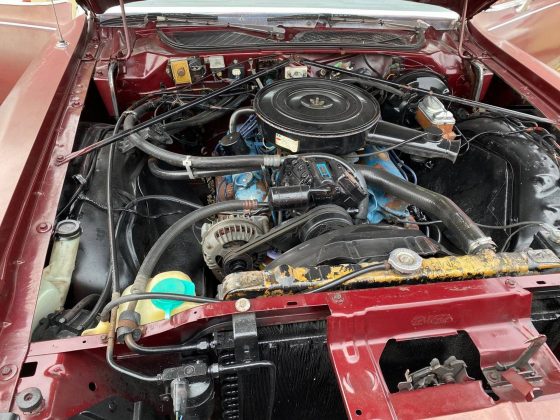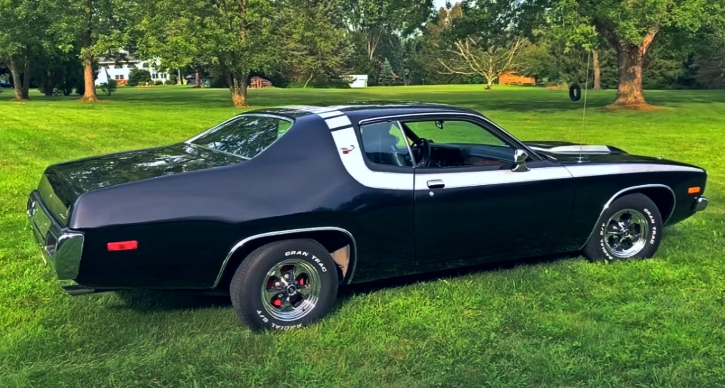The Setting: 1976, a Post-Oil Crisis Era
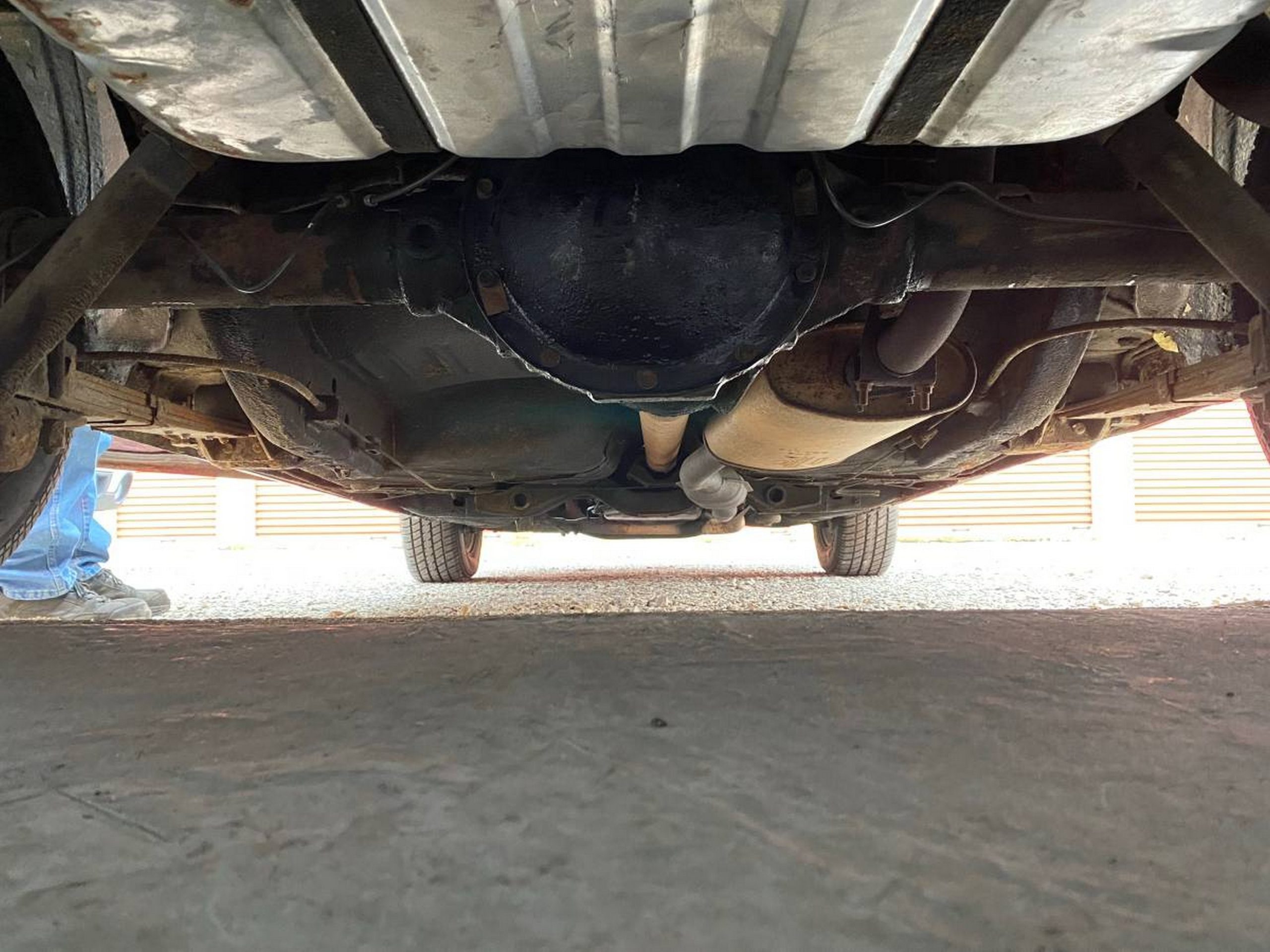
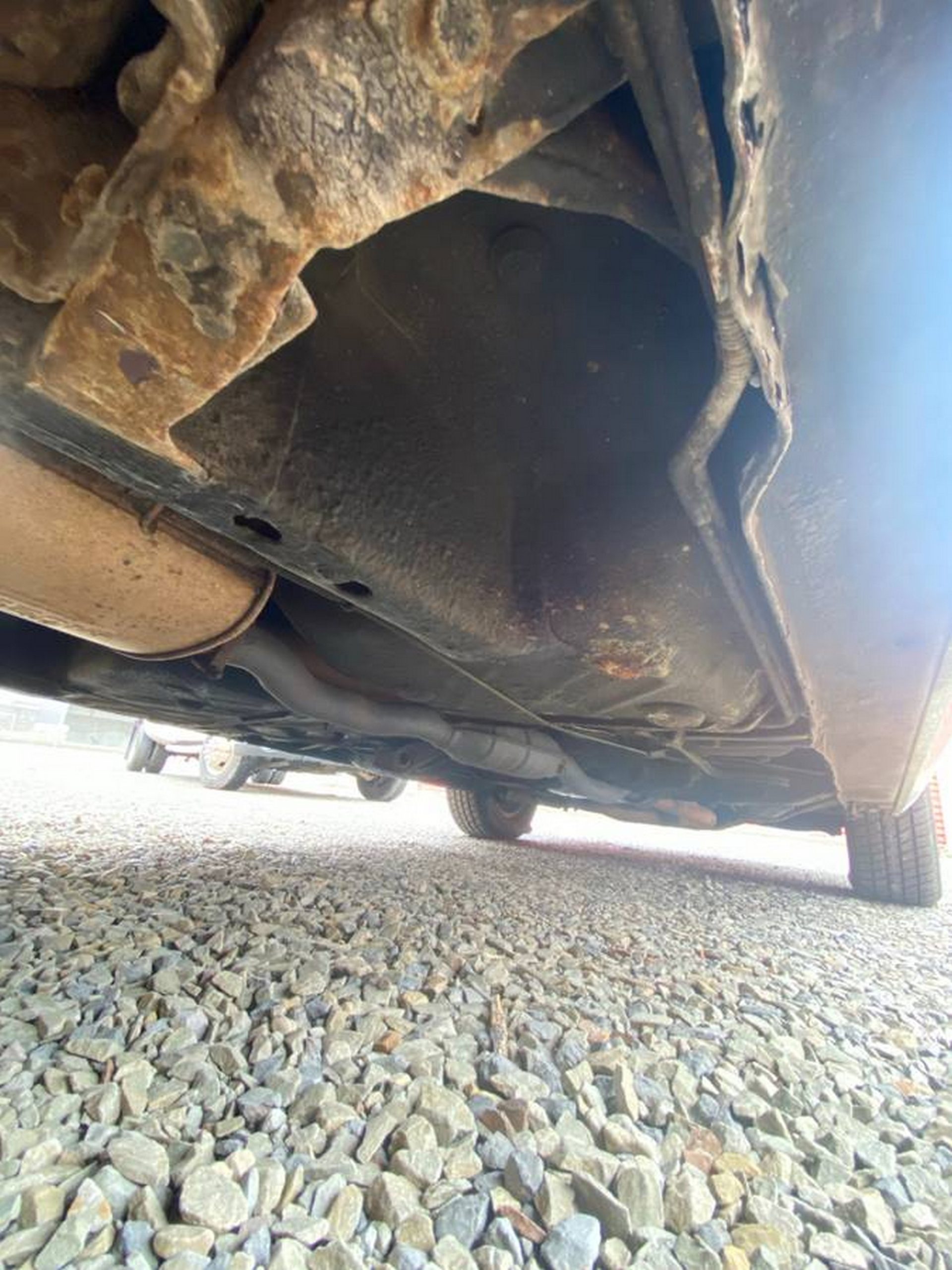
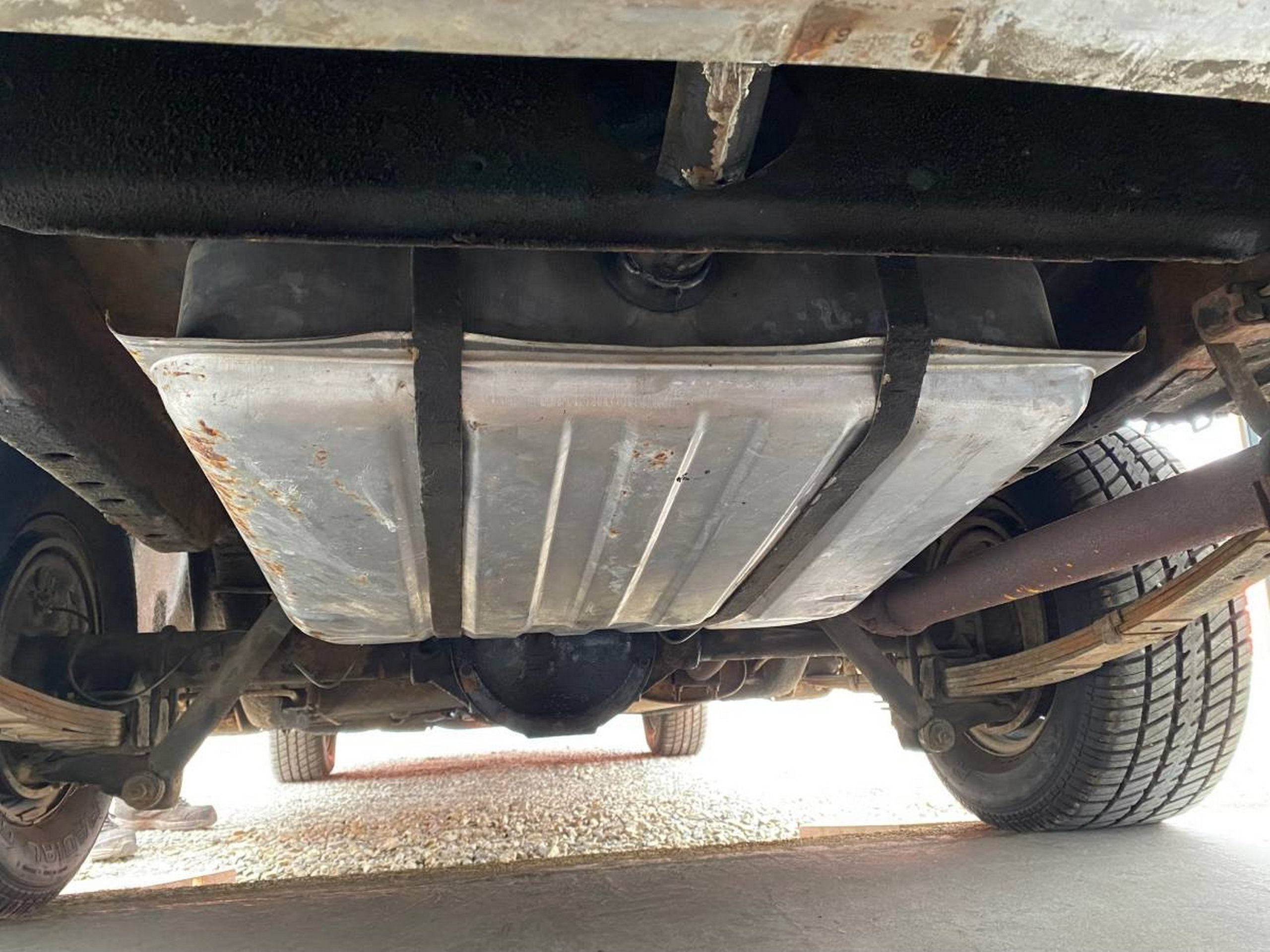
In 1976, picture your blue-collar dad, a factory worker, proudly pulling up in a fresh-off-the-line Plymouth Fury Sport. Post the oil crisis of 1973, strict regulations had throttled the performance of domestic cars, but your pipe-smoking dad seemed unfazed. The plush cloth seats of the Fury Sport offered comfort on his road trip, embracing the changes in automotive technology.
A Journey Through Time: 2023
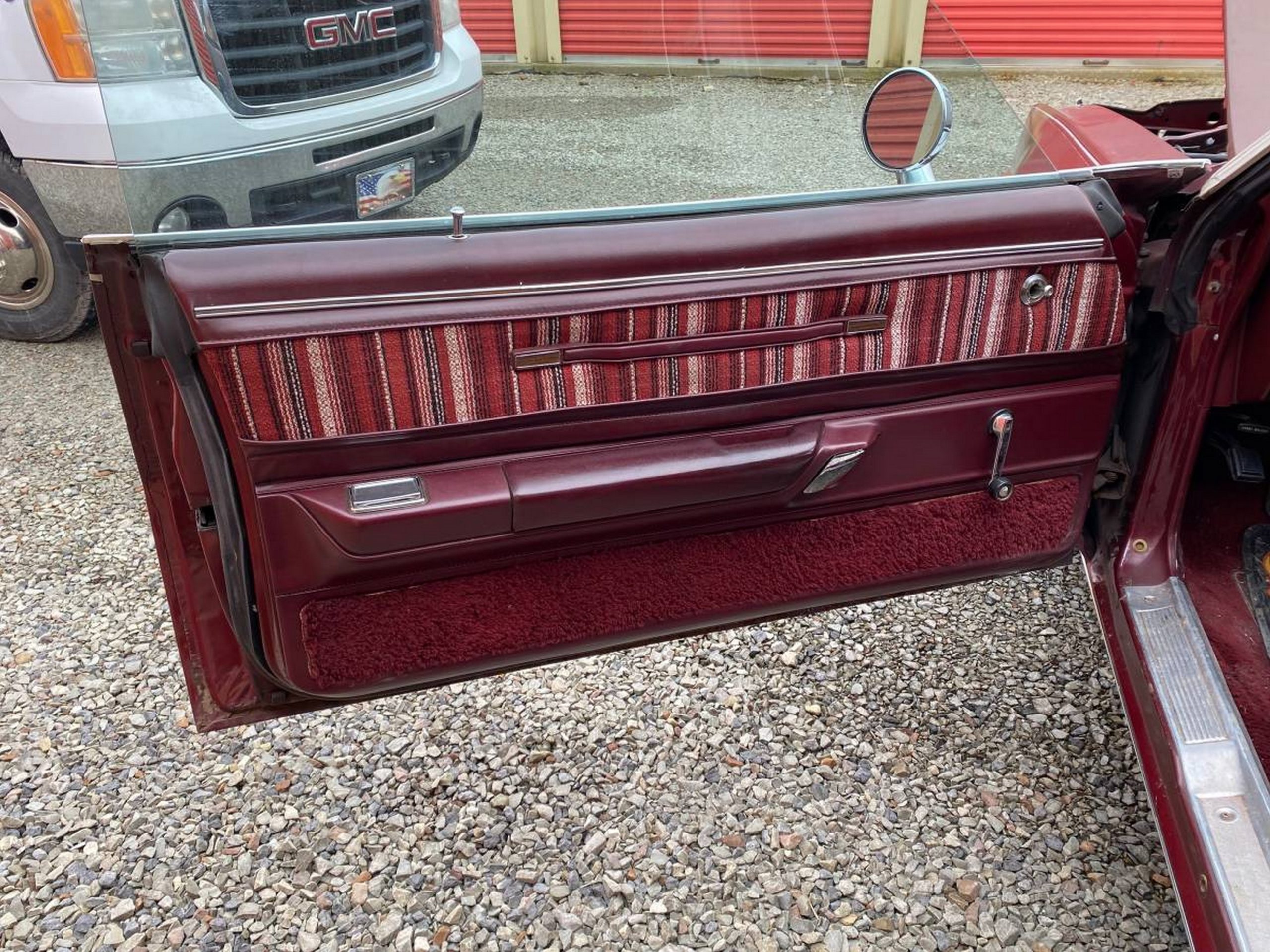
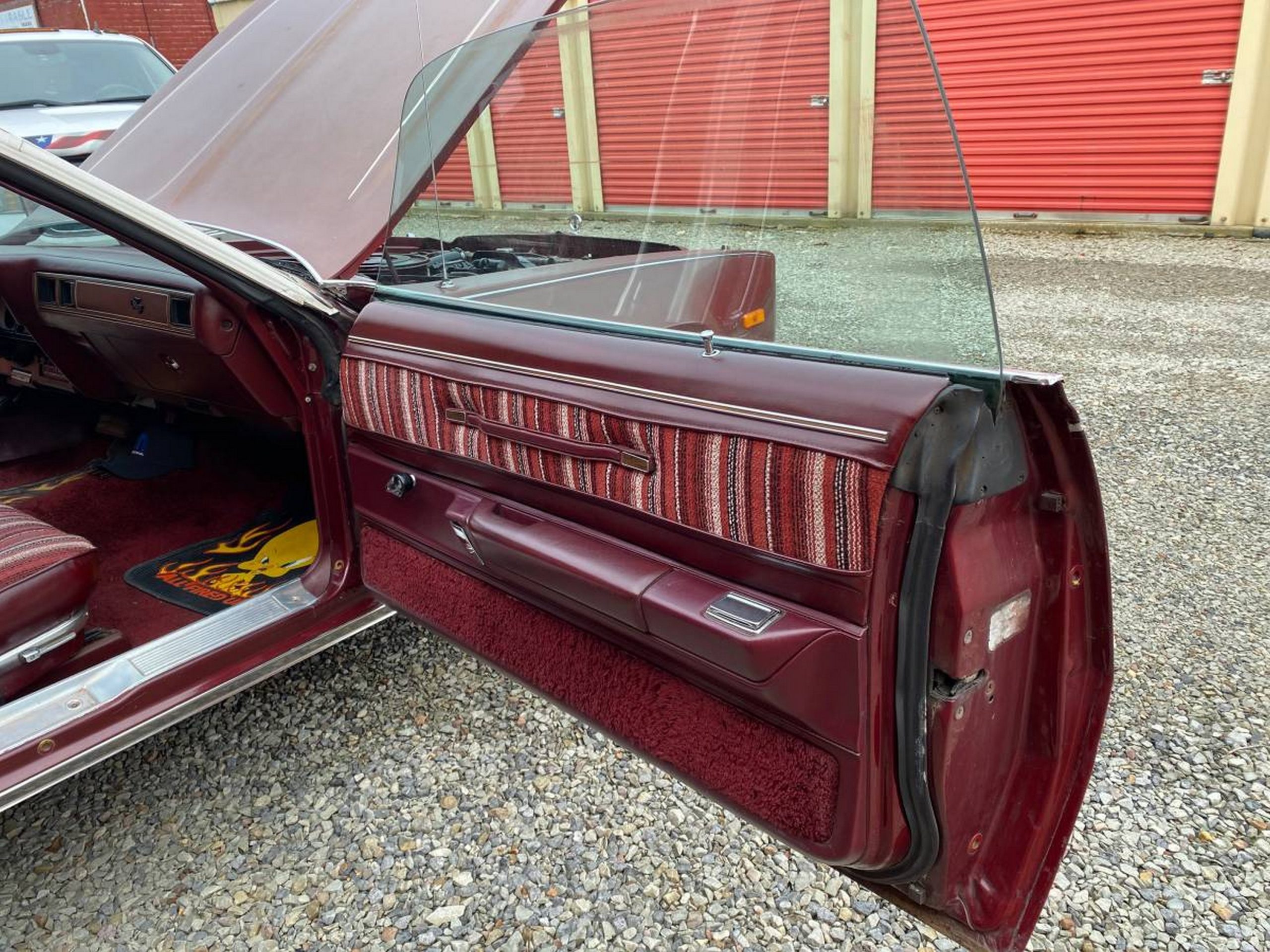
Fast forward 47 years to 2023, and remarkably, the ’76 Fury Sport stands as a testament to enduring design. Despite the stringent regulations, this mid-size coupe, nestled between the compact Dodge Dart and the colossal Chrysler Newport, has aged gracefully. Stored away from the elements in Pennsylvania, its preservation defies the rust that plagues newer vehicles.
Beneath the hood lies a 318-cubic-inch (5.2-L) Chrysler LA-series V8, a powerhouse introduced in 1968. While not a speed demon without the later four-barrel carburetor, its archaic nature opens avenues for modification. Unlike modern cars reliant on complex diagnostics, tweaking this classic engine is a hands-on endeavor, allowing for power upgrades without digital constraints.
The Charm of Unaltered Authenticity
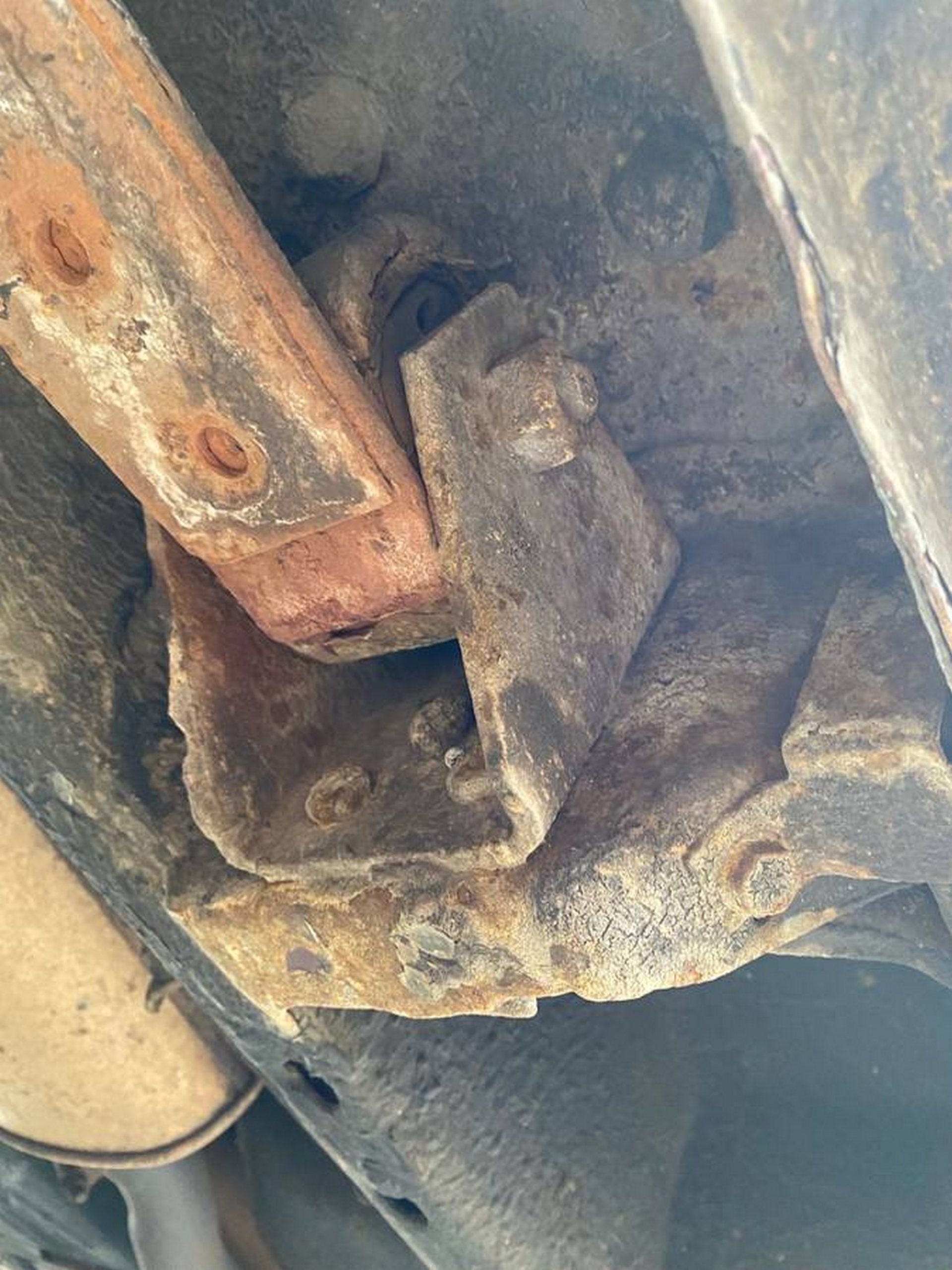
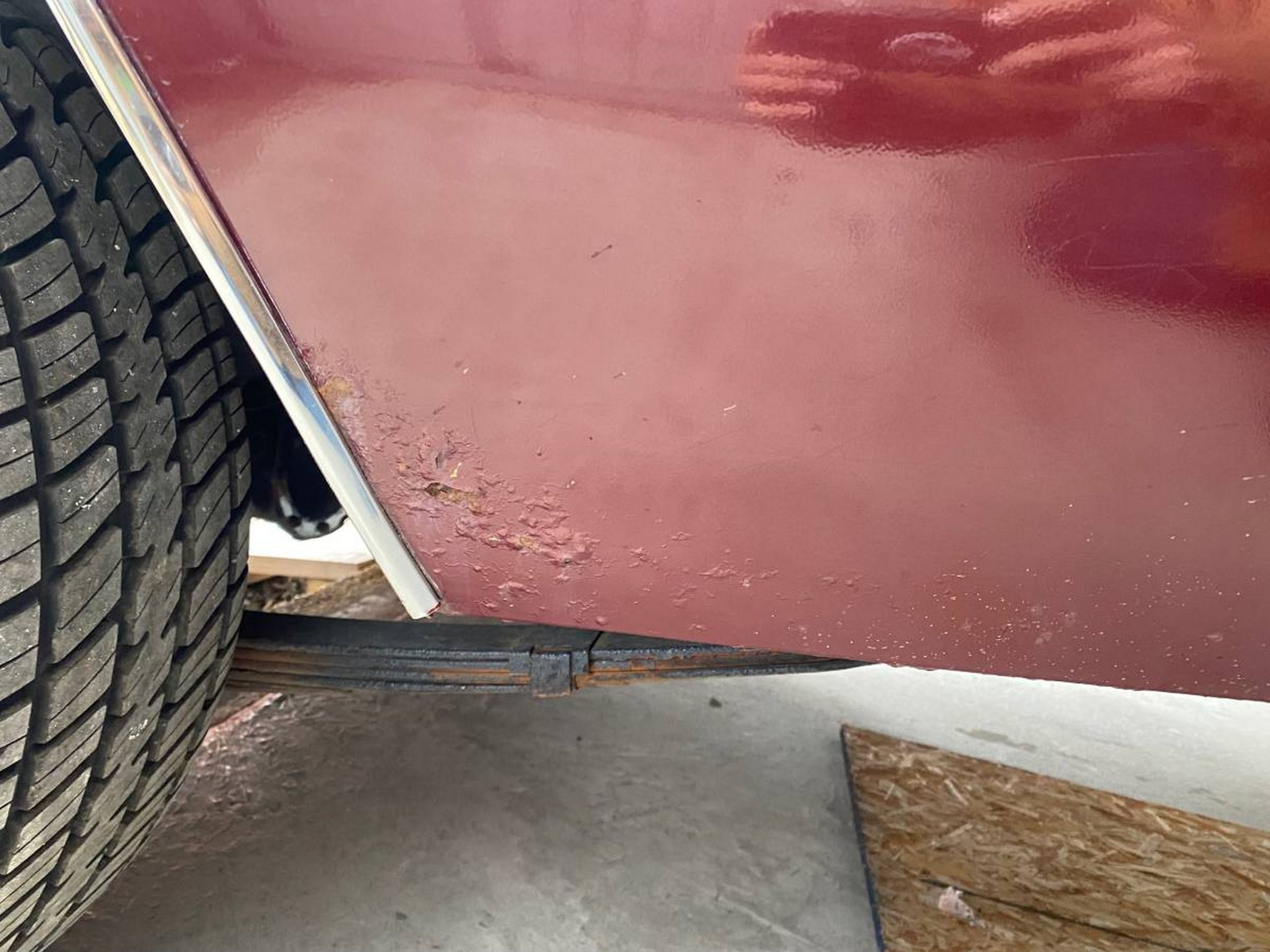
Even in its original state, there’s an enduring charm to a mid-70s American car that has avoided the rust epidemic. This Fury Sport, a relic of automotive history, exudes a cool factor. A recent facelift by the previous owner, including a new intake manifold, timing chain, valve covers, air filter, and water pump, ensures minimal maintenance. With regular oil changes and a watchful eye on the Chrysler 727 automatic transmission fluid levels, this classic remains road-ready.
For a modest $8,000, this piece of old-school American iron challenges the perception that classic muscle cars are out of reach. While it might mean opting for a slightly later model year, the prospect of owning a well-maintained, affordable late ’60s muscle car is not as elusive as one might think.
# FAQs
## What makes the 1976 Plymouth Fury Sport special?
The Fury Sport, born in the post-oil crisis era, defies time with its enduring design and mid-70s charm. Preserved in Pennsylvania, it remains a symbol of American muscle.
## How does the old Chrysler LA-series V8 engine stand out?
The 318-cubic-inch V8, introduced in 1968, allows for hands-on modifications, offering a unique charm compared to modern engines constrained by diagnostic software.
## Is the Fury Sport easy to maintain?
With recent upgrades by the previous owner and minimal requirements like regular oil changes, this classic American car is surprisingly low-maintenance.
## Why is the Fury Sport priced at $8,000?
Contrary to the belief that classic muscle cars are unattainable, the Fury Sport challenges this notion with its affordable price tag, making nostalgia accessible for enthusiasts.



